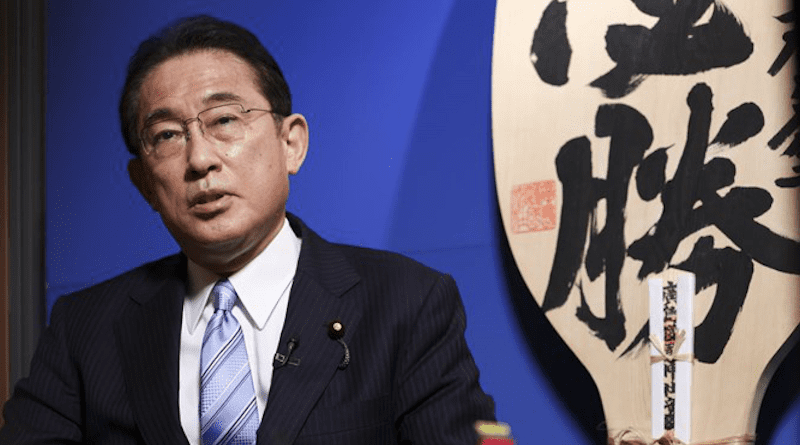Japan’s Updated Defense Strategy Leaves Crucial Details To Be Determined – Analysis
By Shin Kawashima*
In December 2022, the Japanese government released three major security papers — the National Security Strategy, the National Defense Strategy and the Defense Buildup Plan. Each of these documents are revisions of earlier versions. The government made several key changes in light of Japan’s present security environment.
The most notable changes made in the documents are threefold. First, language related to China has shifted. Earlier language expressed ‘concern’ about China’s activities but new language states that they have ‘become a matter of serious concern for Japan and the international community, and present an unprecedented and the greatest strategic challenge’.
Second, the documents reaffirm Japan’s commitment to enacting the ‘minimum necessary measures for self-defen[c]e’. Such measures include a call for Japan to possess the ability to counterstrike against enemy bases. Third, the documents note that Japan’s defence budget will increase to over 40 trillion yen over the next five years.
The updated versions of these three security papers make it clear that Japan is facing three major ‘fronts’ — China, Russia and North Korea. This idea is the biggest change from the 2013 National Security Strategy. That version stated: ‘[u]nder the increasingly severe security environment in East Asia, it is critical for Japan to advance cooperation with Russia in all areas, including security and energy’. The shift away from such language to the government’s current stance on Russia is striking. It also goes without saying that these security papers portray China as Japan’s primary threat.
The ability to counterstrike is almost entirely aimed at responding to Chinese short-range missiles. But the three papers maintain that such a capability lies within the framework of being a ‘minimum necessary measure for self-defen[c]e’. This language is likely intended to enable Japan to express some consideration towards China. Communicating the intention to possess the ability to counterstrike could also be interpreted as a signal that Japan seeks to increase its power to stop potential Chinese military actions in the South China Sea and the Taiwan Strait.
The three papers also sound an alarm about a ‘Taiwan emergency’, noting that ‘Taiwan is an extremely important partner and a precious friend of Japan, with whom Japan shares fundamental values’. The documents further claim that ‘[p]eace and stability across the Taiwan Strait is an indispensable element for the security and prosperity of the international community, and Japan will continue to make various efforts based on its position that the cross-strait issues are expected to be resolved peacefully’. This intense focus on Taiwan is unique to this latest round of revisions.
The Japanese government’s revisions seek to revamp Japan’s security strategy and break new ground in several areas. But a few questions remain about how far the strategy goes in addressing Japan’s security challenges and how they will be implemented.
First, much of these papers simply summarise the Japanese government’s longstanding views — they do not necessarily contain a large amount of new content. Even in the case of Japan’s Taiwan policy, the papers note little more than that Japan will ‘continue to make various efforts’ on Taiwan issues. Precisely what specific actions are called for, and how they could be implemented, are left for the future. The security papers seek to map out the direction the government will take in the future, but they are light on specifics, and do not express a clear vision for Japan’s security.
Second, the budgetary impact of these policies remains unclear. Although the government has set a defence budget of over 40 trillion yen for the next five years, it has said nothing of the revenue sources it will draw on to fund such spending. Japan’s Ministry of Finance has been hesitant to issue bonds for defence purposes due to memories of the war bonds that the Japanese government issued a number of times over the course of the Second World War.
Japan’s budget has already fallen out of balance due to the country’s massive social security expenditures. The fiscal backing for the government’s defence policy, though, has also been left to be decided in the future.
The revisions made to the National Security Strategy, National Defense Strategy and Defense Buildup Planforeshadow significant changes to Japan’s security policy. These relate to Japan’s relations with China and Russia and its ability to counterstrike. But they have left the details — of both the policies themselves and the budgetary measures necessary to implement them — to be determined at a future date. Observers must continue to wait and see how these policies will come to fruition.
*About the author: Shin Kawashima is Professor in the Graduate School of Arts and Sciences, University of Tokyo.
Source: This article was published by East Asia Forum

